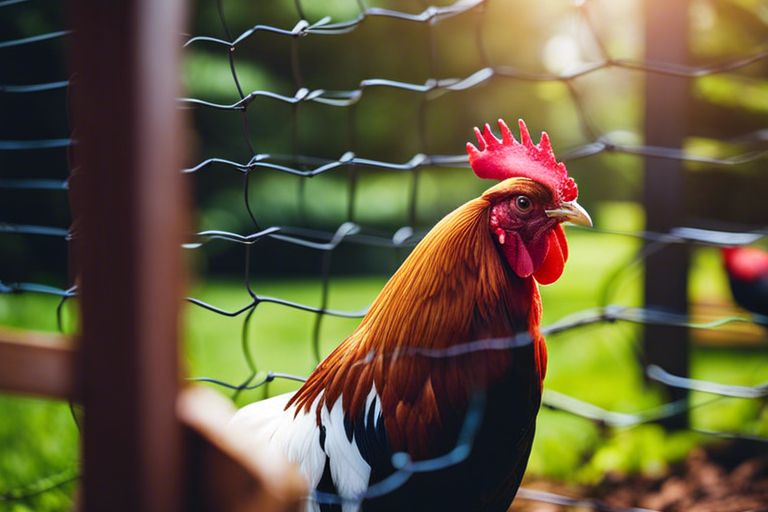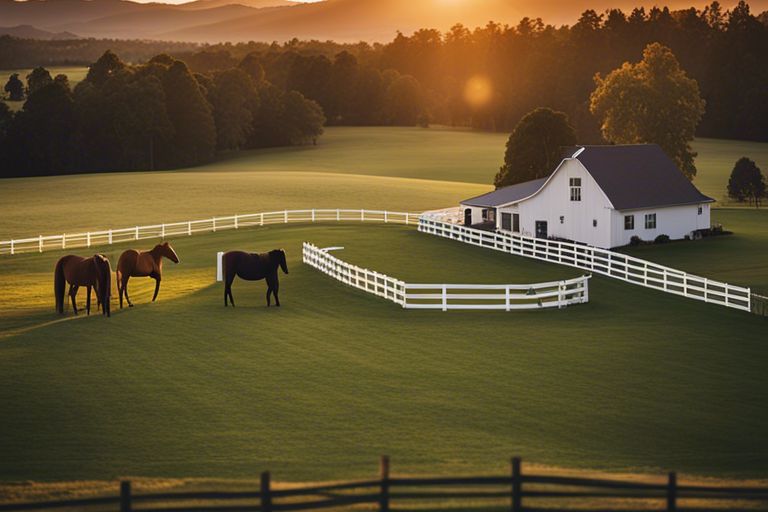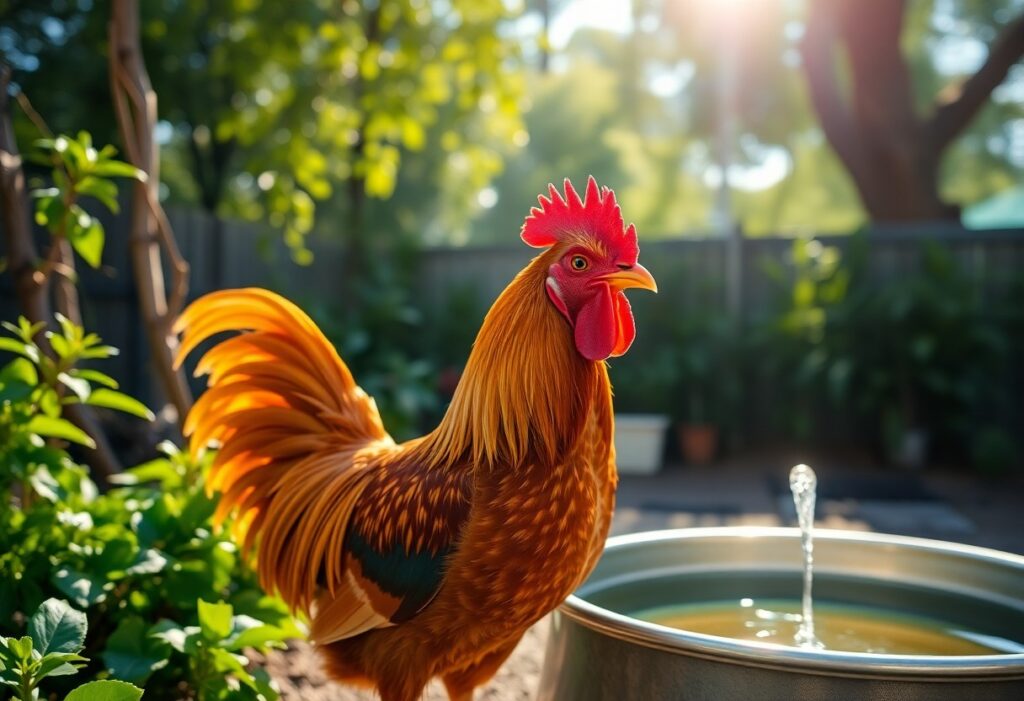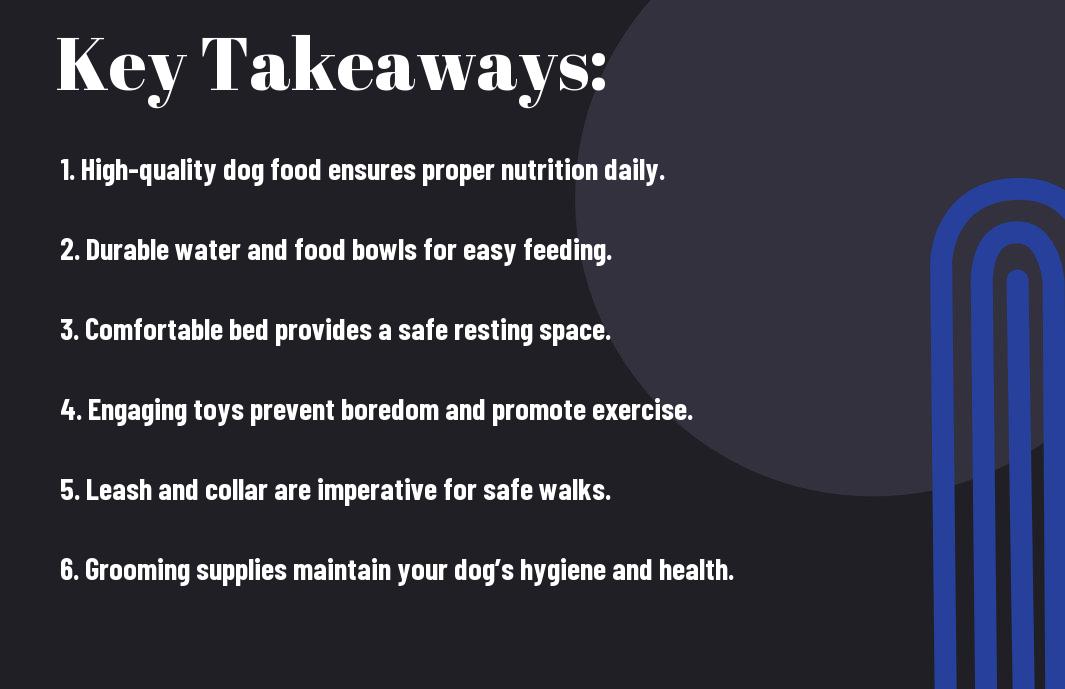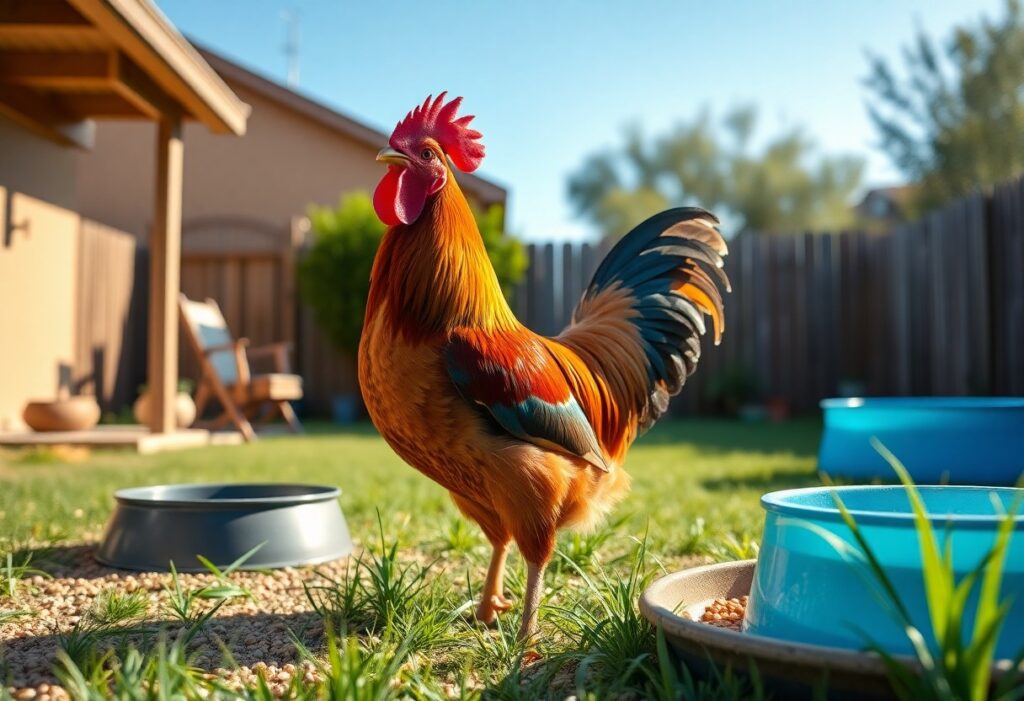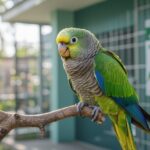There’s nothing quite like watching your flock of poultry freely roam and forage in the open. However, allowing your roosters to roam comes with its own set of challenges and risks. In this comprehensive guide, we will discuss the importance of safely free-ranging your poultry, tips on how to train your roosters to return to the coop, predator-proofing your outdoor space, and much more. By following these expert tips, you can ensure that your roosters have the freedom to roam while staying safe and secure on your property.
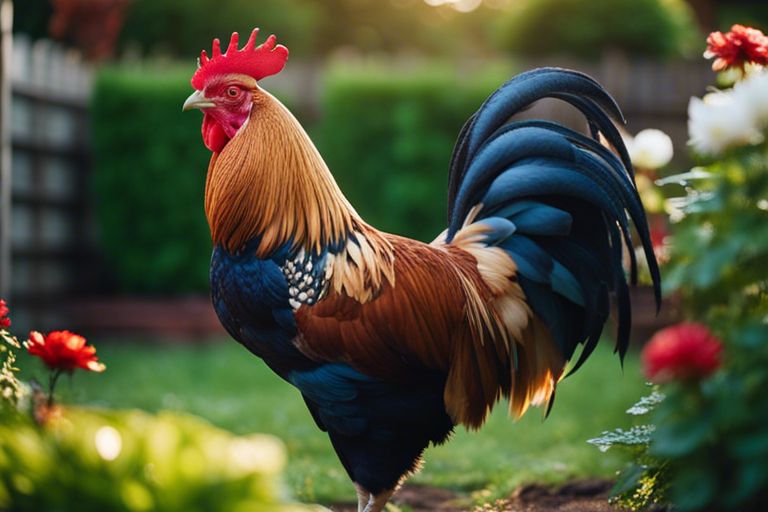
Preparing for Free-Roaming
Assessing Your Environment
Little details can make a big difference when it comes to preparing your environment for free-roaming poultry. Consider factors such as predators in your area, poisonous plants, and potential escape routes. Ensure the area is free of hazards like sharp objects or toxic substances to keep your poultry safe and secure.
Setting up a Safe Perimeter
An imperative aspect of preparing for free-ranging poultry is setting up a safe perimeter. This involves creating a physical barrier, such as fencing, to keep your birds within a designated area. Make sure the fencing is secure and tall enough to prevent predators from entering while still allowing your poultry to move freely.
The safety of your poultry is paramount, and proper planning and preparation are key to successful free-ranging. By assessing your environment and setting up a secure perimeter, you can create a safe and enjoyable space for your birds to roam freely while minimizing risks.
How to Introduce Your Rooster to Free-Ranging
Gradual Acclimatization Tips
Even though roosters are known for their territorial nature, introducing your rooster to free-ranging can be a smooth process with the right approach. Start by allowing your rooster to explore a small designated area of your yard for short periods each day. Gradually increase the time and space he is given access to, ensuring that he becomes familiar with his surroundings and boundaries.
- Provide ample shelter and hiding spots in the free-ranging area.
- Stay nearby during the initial introduction to observe your rooster’s behavior.
- Gradually introduce other flock members to the free-ranging area once your rooster is comfortable.
Assume that your rooster may need some time to adjust to the newfound freedom, and be patient as he gains confidence exploring his surroundings.
Monitoring Rooster Behavior
Clearly observing your rooster’s behavior while free-ranging is crucial to ensure his safety and well-being. Pay close attention to how he interacts with other flock members, his response to potential threats, and his overall comfort level in the outdoor environment.
To monitor your rooster’s behavior effectively, set aside time each day to observe his interactions with the environment and other flock members. Look for any signs of stress, aggression, or fear, as these may indicate that he is not yet fully acclimated to free-ranging.
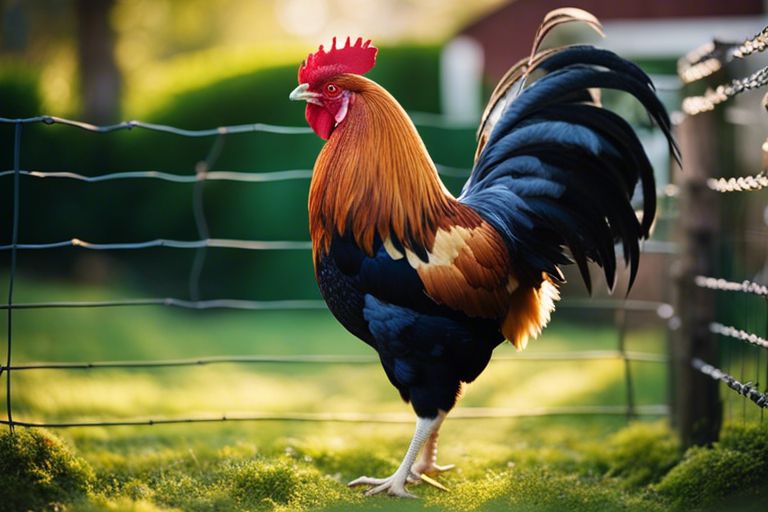
Daily Management of Free-Range Poultry
Feeding Practices for Optimal Health
Optimal feeding practices are crucial for maintaining the health and well-being of your free-range poultry. It is crucial to provide a balanced diet that includes a mix of grains, greens, and protein sources. Ensure that your birds have access to clean water at all times and supplement their diet with calcium for strong eggshells. Monitor their food intake regularly to prevent overfeeding or underfeeding.
Protecting Your Flock from Predators
Practices for safeguarding your flock from predators are crucial when free-ranging your poultry. Install secure fencing around their roaming area and consider using electric fencing for added protection. Encourage your birds to roost in a safe, elevated area at night to avoid ground predators. Additionally, implement scare tactics or predator deterrents to keep potential threats at bay.
Protecting your flock from predators is crucial to ensure the safety and well-being of your free-range poultry. Regularly inspect fencing and other protective measures to identify and address any vulnerabilities. It is also advisable to research common predators in your area and take proactive steps to prevent encounters. By staying vigilant and implementing effective predator control strategies, you can create a secure environment for your flock to thrive.
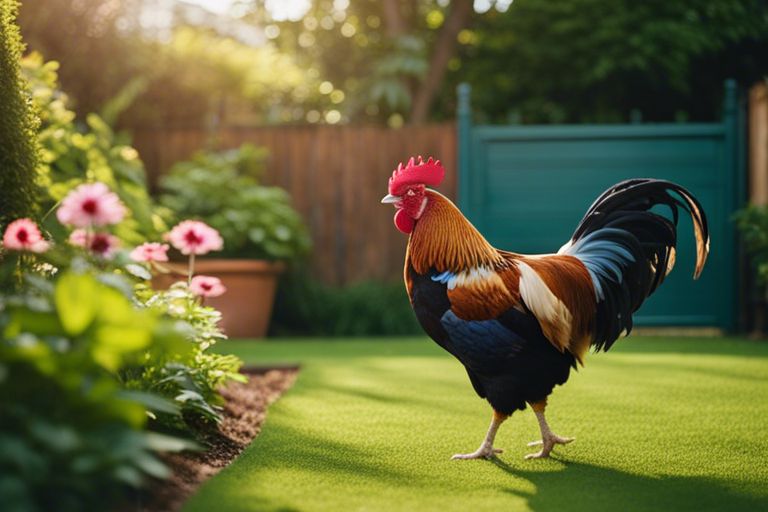
Advanced Tips and Factors for Successful Free-Ranging
-
- Understanding Rooster Dynamics
| Factor | Tips |
| Rooster Behavior | Observe your roosters’ interactions to identify any aggressive behavior. |
| Rooster-to-Hen Ratio | Maintain a ratio of 1 rooster to every 10 hens to prevent over-breeding. |
If you have roosters in your flock, understanding their dynamics is crucial for a successful free-ranging setup. Monitor their behavior for any signs of aggression, as this can lead to harm among the flock members. Keeping the right ratio of roosters to hens is imperative to maintain harmony and prevent stress on the hens.
-
- Weather Considerations and Shelter Options
| Weather | Monitor weather conditions regularly to ensure the safety of your poultry. |
| Shelter | Provide shelters such as coops or sheds for protection against extreme weather. |
Little attention to weather conditions and shelter options can have a significant impact on the health and well-being of your free-ranging poultry. Keep an eye on the weather forecast and make sure your chickens have access to shelters like coops or sheds to protect them from rain, wind, and extreme temperatures.
Plus, providing adequate ventilation in the shelter is important to prevent moisture buildup and maintain proper airflow for a comfortable environment for your poultry.
To wrap up
As a reminder, free-ranging your poultry can be a rewarding experience for both you and your birds. By following the tips outlined in this article, such as providing a secure coop, supervising your flock, and implementing predator deterrents, you can safely allow your chickens to roam and forage while minimizing the risks. Remember to always prioritize the safety and well-being of your feathered friends above all else. With proper planning and care, you can create a happy and healthy free-range environment for your poultry to enjoy.
FAQ
Q: Why is free-ranging important for poultry?
A: Free-ranging allows poultry to exhibit natural behaviors, access a more diverse diet, and have more space to explore and exercise.
Q: What are the benefits of allowing chickens to roam freely?
A: Free-ranging chickens can improve their overall health, produce eggs with enhanced nutritional value, and help control pests in the area.
Q: How can I ensure the safety of my free-ranging poultry?
A: To safely free-range your poultry, provide secure fencing to prevent predators, supervise their outdoor time, and provide shelter for them to roost at night.
Q: What should I consider when choosing a free-range area for my poultry?
A: Choose an area with access to fresh vegetation, clean water, and shade. Ensure it is free from potential hazards like toxic plants and predators.
Q: How can I train my poultry to return to their coop at night?
A: Establish a routine feeding schedule, gradually increase their free-range time, use treats to lure them back to the coop, and provide a safe and comfortable environment inside the coop.
Q: Are there any health risks associated with free-ranging poultry?
A: Free-ranging poultry may be exposed to parasites, diseases from wild birds, or toxic plants. Regularly check your poultry for signs of illness and consult a veterinarian if needed.
Q: How can I protect my garden while allowing my poultry to free-range?
A: Create physical barriers like fencing or use raised garden beds to protect your plants. Rotate your poultry’s free-ranging area to prevent overgrazing and allow plants to recover.
